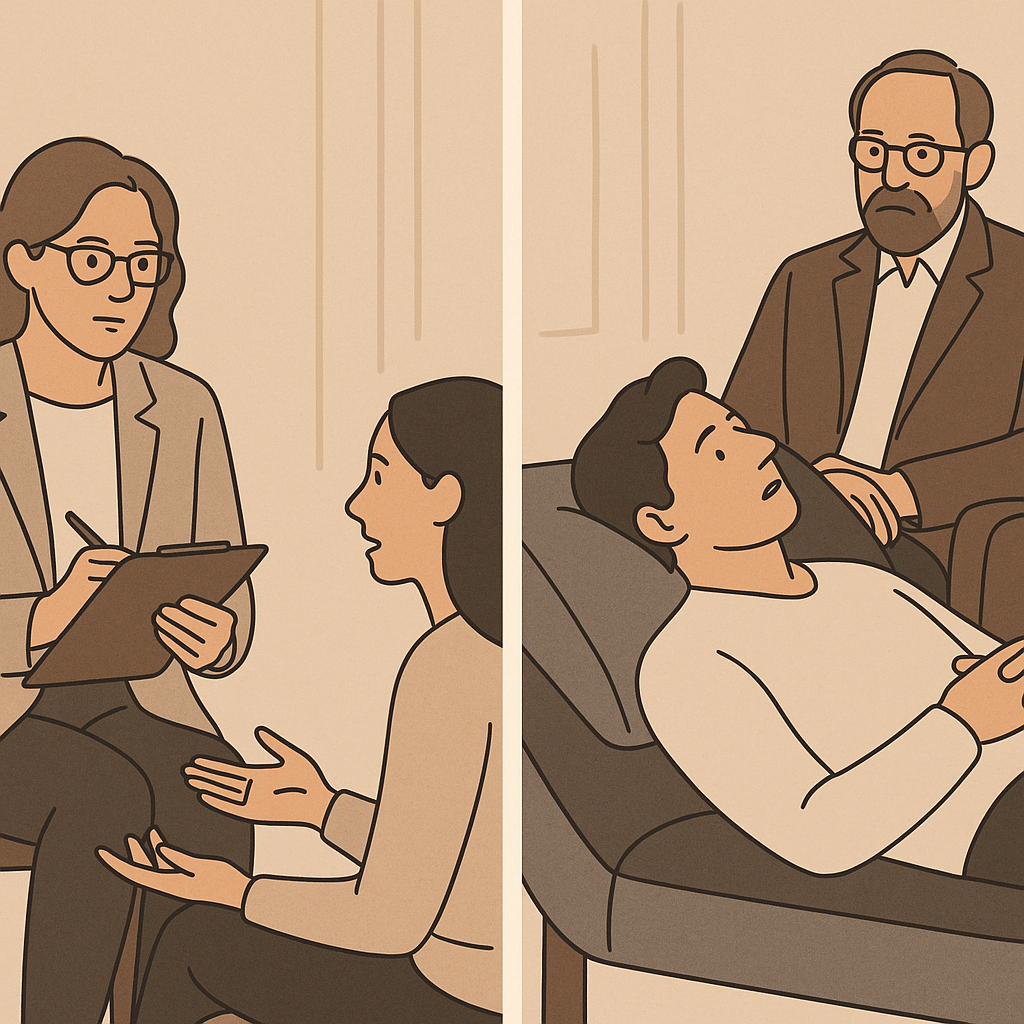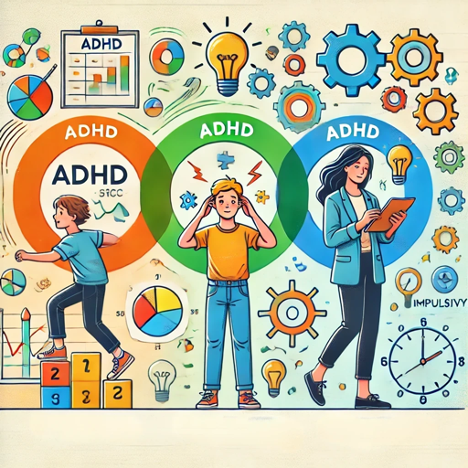Attention Deficit Hyperactivity Disorder (ADHD) affects both children and adults, with symptoms such as inattention, impulsivity, and hyperactivity. While medication and therapy are common treatments, research has increasingly shown that physical activity can be a powerful tool for managing ADHD symptoms. In this post, we’ll explore the benefits of exercise for individuals with ADHD and provide tips on how to incorporate physical activity into daily routines.
The Connection Between ADHD and Exercise
Exercise has a positive impact on the brain, improving mood, focus, and cognitive function. For individuals with ADHD, physical activity can enhance brain health by increasing the production of neurotransmitters like dopamine, norepinephrine, and serotonin—chemicals that are often imbalanced in those with ADHD.
Studies have shown that regular physical activity can lead to improvements in key areas affected by ADHD, including:
- Improved attention and focus
- Reduced hyperactivity and impulsivity
- Enhanced emotional regulation
- Better sleep quality
For more in-depth information on the science behind ADHD and exercise, visit the ADHD Foundation, which offers insights into how physical activity supports brain function.
The Benefits of Physical Activity for ADHD Management
1. Enhanced Focus and Concentration
Physical activity helps to release neurotransmitters that support focus and concentration. Activities such as aerobic exercise, running, or cycling can improve attention and mental clarity, helping individuals with ADHD perform better in work, school, or day-to-day tasks.
2. Reduction in Hyperactivity
For many people with ADHD, physical activity serves as an outlet for hyperactivity. Exercise can reduce restlessness and excess energy, helping to calm both the mind and body. This can be especially beneficial for children who struggle to sit still in school environments.
3. Better Emotional Control
Regular exercise has been shown to improve mood and emotional regulation, reducing feelings of frustration, anger, or anxiety—common emotional struggles for those with ADHD. Even activities as simple as walking or swimming can have a calming effect, helping to stabilise emotions.
4. Improved Executive Function
Executive function refers to the cognitive processes that allow individuals to plan, prioritise, and complete tasks. Studies have found that physical activity can enhance these skills in people with ADHD, helping them become more organised and better at managing their time.
5. Boosted Self-Esteem
Exercise not only improves physical health but can also lead to increased self-confidence. Engaging in physical activities that individuals with ADHD enjoy can help them feel more capable and in control, boosting their overall sense of well-being.
Best Types of Exercise for ADHD Management
While any form of physical activity is beneficial, certain types of exercise have been shown to be particularly effective for managing ADHD symptoms. Here are a few options to consider:
1. Aerobic Exercise
Activities like running, cycling, swimming, and dancing raise the heart rate and help release dopamine and other neurotransmitters. These exercises are excellent for reducing hyperactivity and improving focus. A Harvard Medical School study suggests that just 30 minutes of aerobic exercise can lead to significant improvements in ADHD symptoms.
2. Martial Arts and Yoga
Martial arts, such as karate or judo, and yoga involve controlled movements and mental discipline, which can improve focus, self-control, and emotional regulation. These activities combine physical activity with mindfulness, helping individuals with ADHD to centre their thoughts and remain present.
3. Team Sports
Engaging in team sports, such as football or basketball, can be particularly beneficial for children with ADHD. These activities promote social interaction, cooperation, and the development of problem-solving skills, while also offering an outlet for physical energy.
4. Strength Training
Weightlifting and resistance training offer structured routines that can help individuals with ADHD build discipline and improve focus. The repetitive nature of strength training can also have a calming effect, reducing impulsivity.
5. Outdoor Activities
Activities like hiking, rock climbing, or playing outdoor sports can provide the added benefit of being in nature. Spending time in green spaces has been shown to reduce symptoms of ADHD, according to research from Mind UK.
How to Incorporate Exercise Into Daily Routines
For individuals with ADHD, creating a routine that includes regular physical activity is key. Here are some tips for incorporating exercise into your daily life:
1. Start Small
If you’re new to exercise, start with short, manageable workouts. Even a 10-minute walk can make a difference. Gradually increase the duration and intensity of your activities as you get more comfortable.
2. Choose Activities You Enjoy
The best way to stick to a routine is to choose exercises that you genuinely enjoy. Whether it’s dancing, swimming, or cycling, finding an activity you love makes it easier to stay consistent.
3. Schedule Regular Exercise Times
Consistency is key to reaping the benefits of exercise. Try to schedule workouts at the same time each day to build a habit. Setting reminders on your phone or using a fitness app like Strava can help you stay on track.
4. Exercise with a Friend
Working out with a friend or joining a class can make exercise more fun and social. It also adds an element of accountability, making it more likely that you’ll stick to your routine.
5. Incorporate Movement Throughout the Day
If you struggle to find time for formal exercise, look for ways to add more movement to your day. Take the stairs instead of the lift, go for a short walk during lunch breaks, or do a quick set of push-ups at home.
Final Thoughts
Physical activity is a powerful tool in managing ADHD symptoms for both children and adults. Whether it’s through aerobic exercise, martial arts, or team sports, staying active can lead to significant improvements in focus, emotional control, and overall well-being.
If you’re looking for support or more information on ADHD and physical activity, explore these resources:
• ADHD Foundation: Offering resources and guidance on ADHD management in the UK.
• ADDISS: A UK-based organisation providing support and information for individuals with ADHD and their families.
By incorporating regular physical activity into your routine, you can take a proactive step toward better managing ADHD and improving your quality of life.



